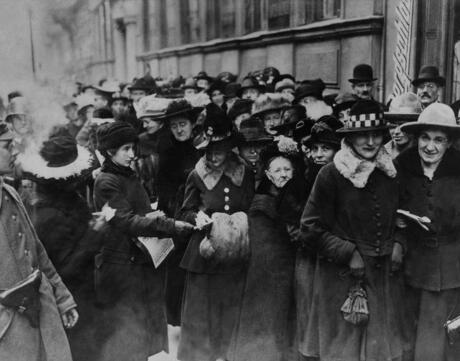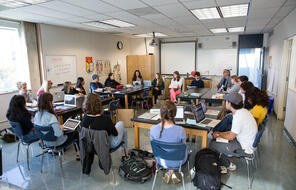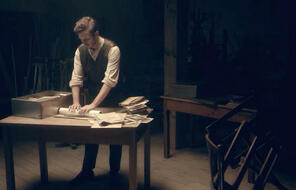
The Weimar Republic
Duration
Two 50-min class periodsSubject
- History
- Social Studies
Grade
6–8Language
English — USPublished
Overview
About This Lesson
In the previous lesson, students explored the brutal realities of World War I and the impact of the armistice and the Treaty of Versailles on Germany and its citizens. In this two-day lesson, students will continue this unit’s historical case study by learning about the 14 years of the Weimar Republic, the democratic government that replaced monarchy in Germany after the war. While exploring the politics, culture, economics, and social trends of Germany during this era, students will also reflect on the idea of democracy itself, as well as the choices made by citizens and leaders that can strengthen or weaken it.
Preparing to Teach
A Note to Teachers
Before teaching this text set, please review the following information to help guide your preparation process.
Lesson Plans
Day 1
Activities
Day 2
Activities
Assessment
Extension Activities
Materials and Downloads
Quick Downloads
Download the Files
The Weimar Republic
World War I and Its Aftermath in Germany
Introducing Evidence Logs
Unlimited Access to Learning. More Added Every Month.
Facing History & Ourselves is designed for educators who want to help students explore identity, think critically, grow emotionally, act ethically, and participate in civic life. It’s hard work, so we’ve developed some go-to professional learning opportunities to help you along the way.
Exploring ELA Text Selection with Julia Torres
On-Demand

Working for Justice, Equity and Civic Agency in Our Schools: A Conversation with Clint Smith
On-Demand

Centering Student Voices to Build Community and Agency
On-Demand










